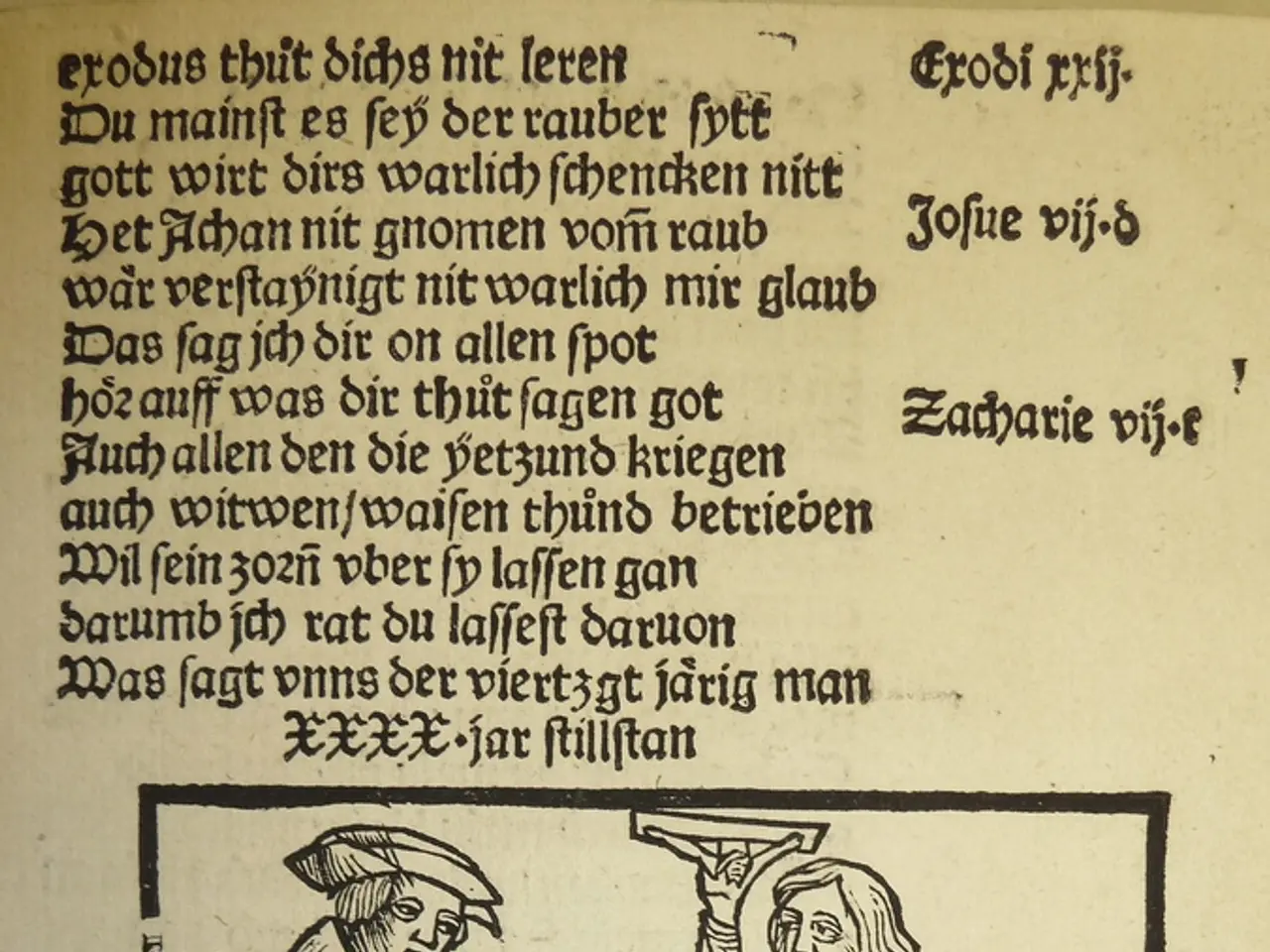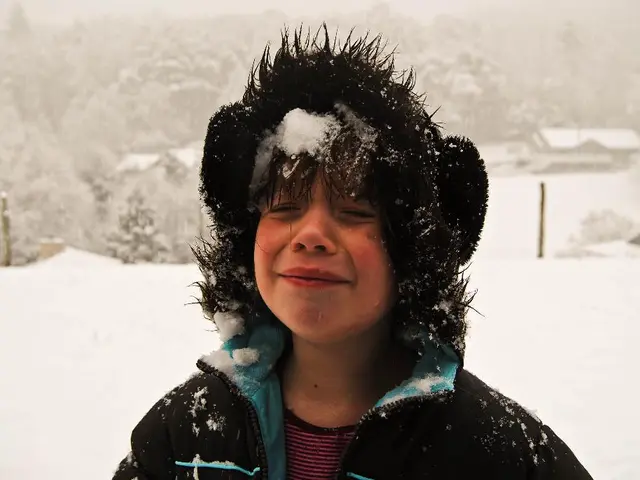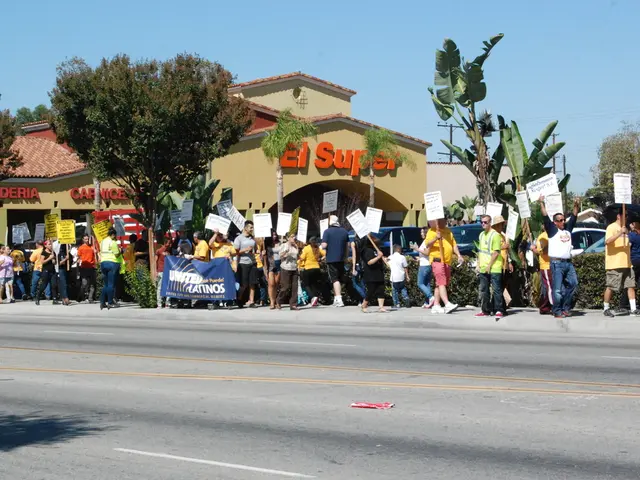Stepping into your interdimensional realm
Crossword puzzles, a beloved pastime for many, serve not only as a source of entertainment and intellectual challenge but also as a reflection of society's values and attitudes. The history of crossword puzzles is a fascinating journey, marked by shifts in linguistic and social inclusivity, as well as political debates and demographic changes.
Anna Shechtman, a renowned crossword puzzle constructor, delves into this journey in her memoir, "The Riddles of the Sphinx: Inheriting the Feminist History of the Crossword Puzzle." Shechtman's work explores the role of gender in shaping puzzle culture and creation, revealing crossword puzzles as a site for reflecting and shaping gender narratives.
During the crossword craze of World War I, the obsession with puzzles surpassed anything seen in Shechtman's lifetime, even surpassing the popularity of Pokemon or Tamagotchi. However, this period also saw concerns about the potential replacement of traditional pastimes, such as baseball, by crossword puzzles, and a run on encyclopedias due to the puzzle's popularity.
Fast forward to the present day, and crossword puzzles are increasingly viewed as platforms for more inclusive representation. Sociolinguistics, the study of language's social dimensions, shows that language evolves to reflect social identities, including gender. Women and marginalized groups often lead linguistic innovation, but their language use can be stigmatized. This dynamic is relevant to crosswords, which use language that can either reinforce or challenge social biases.
Crossword puzzles are now incorporating more diverse and inclusive vocabulary and themes. For example, puzzles themed around Women's History Month emphasize inspirational women and vocabulary linked to feminist history and achievements. Efforts to increase representation of historically underserved groups, like Black communities, through puzzles point to a growing commitment to inclusivity.
Anna Shechtman, who published her first crossword in The New York Times at age 19 and became Will Shortz's assistant at the Times, introduced words like "vine-ripe," "gay anthem," and "male gaze" into crossword puzzles. However, she lost the battle to include "male gaze" with Will Shortz. Shechtman now creates crosswords regularly for The New Yorker.
The letter to The New York Times, written at the start of the pandemic, was inspired by the frustration of a woman on the staff at The Times who felt tokenized and like she was a female censor. This letter, along with a group's letter written by Shechtman, asked for more women and people of color to be represented on puzzles and games editorial section, constructors to see their proofs before puzzles go out, and for references that are women-coded or queer-coded not to be straightened up or made less distinctively drawn from something like women's culture.
However, not everyone agrees on the need for political correctness in crossword puzzles. Some argue against politicizing crosswords, while others see the value in increasing the diversity of language and frames of reference in crosswords. The New Yorker editors make an effort to diversify the words that are considered common knowledge or general knowledge in crossword puzzles.
Crossword puzzles also serve as historical documents, reflecting political upheavals and events. Cartoons from the time linked the new woman or flapper to the crossword puzzle, often depicting a woman solving crosswords while her husband cared for their child. Margaret Farrar, the first editor of New York Times crossword puzzles, started editing during World War II and filled puzzles with references to World War II, despite saying that one shouldn't think of troubles while solving a crossword.
In conclusion, the feminist history of crossword puzzles involves recognizing women's roles in puzzle culture and the shifts toward inclusive language that respects gender diversity and social identities. Crosswords reflect evolving social attitudes by integrating feminist and other marginalized perspectives linguistically and thematically, thus serving as tools for social and linguistic inclusivity.
- The history of crossword puzzles reflects a journey marked by changing social perspectives, including evolving gender narratives and inclusivity, as revealed in Anna Shechtman's memoir, "The Riddles of the Sphinx: Inheriting the Feminist History of the Crossword Puzzle."
- Incorporating diverse and inclusive vocabulary and themes in crossword puzzles, such as focusing on women's history during Women's History Month, demonstrates a growing commitment to representing historically underserved groups.
- Anna Shechtman, a celebrated crossword constructor, has been instrumental in introducing words like "vine-ripe," "gay anthem," and "male gaze" into crossword puzzles, although she experienced resistance in some instances.
- Recognizing the need for more women and people of color in the puzzles and games editorial section, exemplified by a letter to The New York Times during the pandemic, pushes for increased diversity, representation, and inclusivity in crossword puzzles.
- Crossword puzzles also function as historical documents, mirroring political upheavals and events through cultural references, such as the depiction of the new woman or flapper during World War II.




